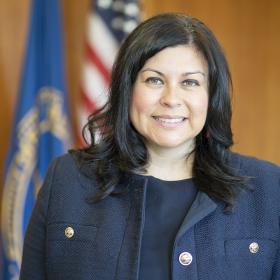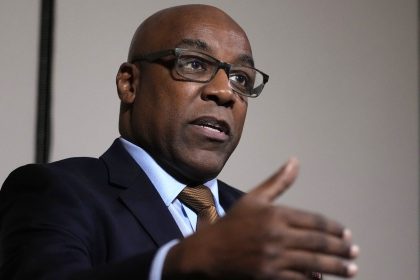Pandemic Highlights Ways to Overcome Employment Barriers for Disabled Workers

WASHINGTON — Members of the Senate Committee on Health, Education, Labor and Pensions met this week to discuss how the pandemic helped to remove some of the barriers to employment for those living with disabilities and how those gains can be utilized to further boost employment numbers.
“During this pandemic, we’ve seen a widespread use of inclusive practices that can make work more accessible, and recently there has been a steady rise in the employment rate for people with disabilities,” said Sen. Patty Murray, D-Wash., chairwoman of the Senate HELP Committee, during the hearing held on Tuesday.
Currently, about one in four Americans have a disability, and according to Murray more and more workers are identifying as having a disability due to long COVID.
The pandemic has sparked many changes in workplace settings — such as employer’s offering more flexible scheduling, the option to work remotely, or video conferencing tools which include closed captioning — all of which support better employment standards and opportunities for many of those living with disabilities.
The tight labor market also opened up the opportunity for employers to be willing to expand their normal hiring practices.
“Employers are tapping into talent pools they did not even look at in the past,” said Richard Burr, R-N.C., the ranking member of the Senate HELP Committee, during the hearing.
In the private sector, a number of companies have been working to develop career pipelines in universities for those with disabilities. Microsoft, for example, recently started a neurodiversity hiring program to bring more autistic talent and others with disabilities into the workplace.
“We’ve been able to bring in autistic talent now to 12 divisions within the company, anything from Xbox to Windows,” said Jenny Lay-Flurrie, the chief accessibility officer at Microsoft, during the hearing.
“People with disabilities are talented, and we should pay talent the right and appropriate way,” continued Lay-Flurrie.
Despite the employment opportunities available, Burr said the unemployment rate for people with disabilities is still nearly double that of the rest of the population.
Close to a quarter of working age individuals with disabilities also live in poverty compared to one tenth of people without disabilities.
Burr said that to continue to establish better employment opportunities for those living with disabilities, he will focus on the role of assistive technologies in workplace settings.
That’s why Burr along with other senators introduced the 21st Century Assistive Technology Act to expand access to assisted technology for people with disabilities.
A version of the bill, which passed the committee last August, is designed to help increase access to wheelchair ramps, screen readers, hearing aids and other assistive technologies.
“My relationship with assistive technology has been interesting. My disability falls in a place where I move too much for half of them, such as eye gaze, but don’t have enough control of my body for the other half, such as tablets. When I use the paper board, which is attached to my chair, the person I am talking to is able to figure out what I am saying even if I miss a letter,” said Francis Kineavy, a disability advocate from Sea Girt, New Jersey, during the hearing.
Kineavy said that while the creation of better technologies might open up more job opportunities for the disabled, affordability and accessibility remain key issues for many.
“We’re seeing a basic change, and a rapid innovation, that is also driven by artificial intelligence, which is powering a lot of the captioning that you’re seeing in systems today. We … will continue to drive that movement forward, and will continue to focus on affordability, and ease of access and ease of use, to really get into the world of accessibility,” said Lay-Flurrie.
Alexa can be reached at [email protected]

























